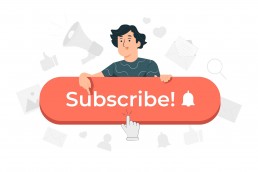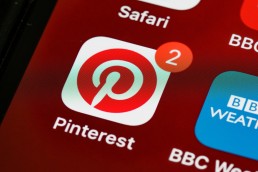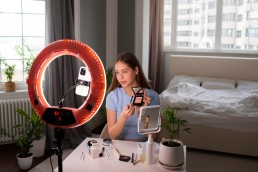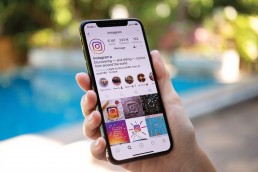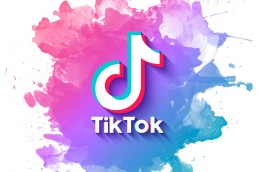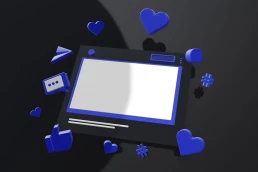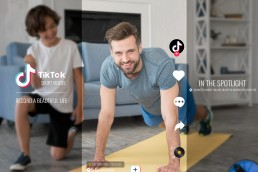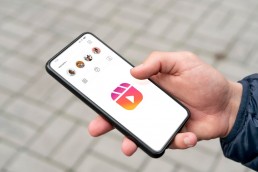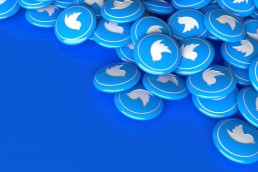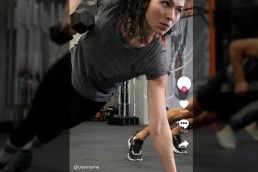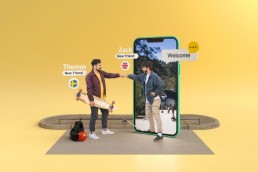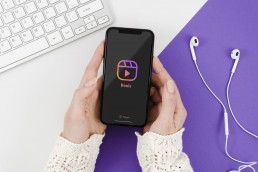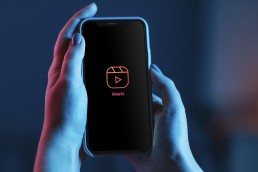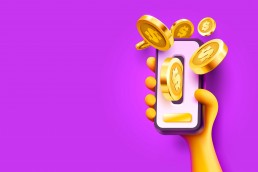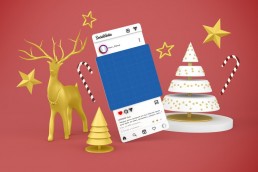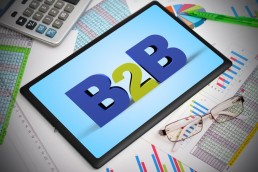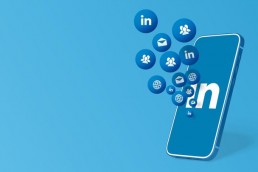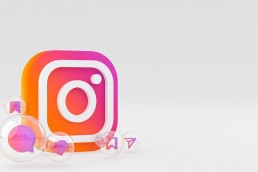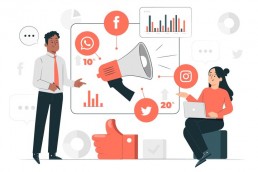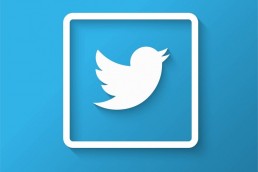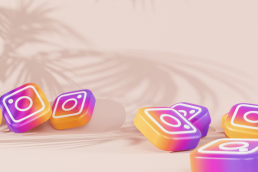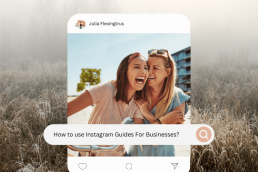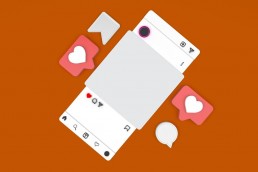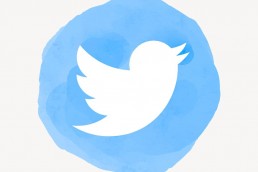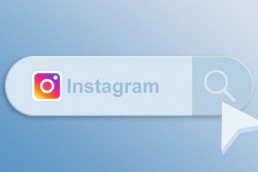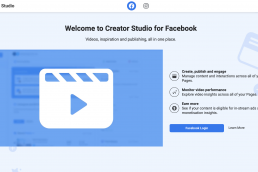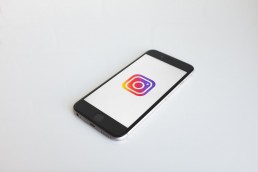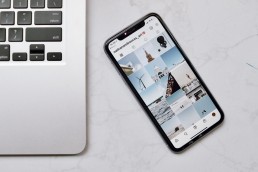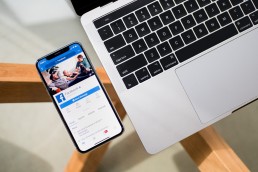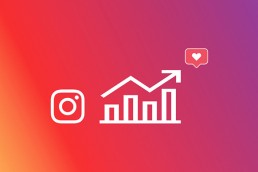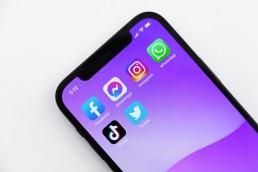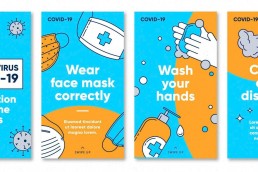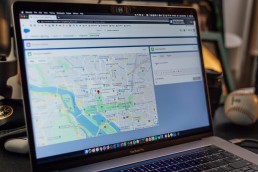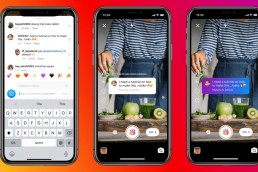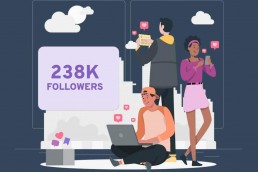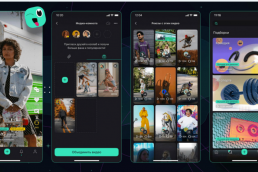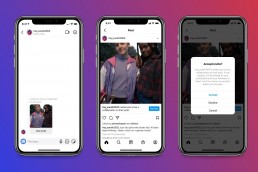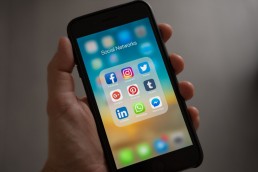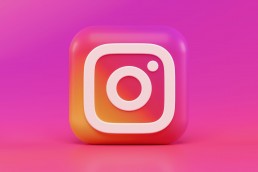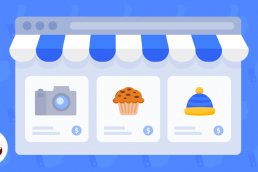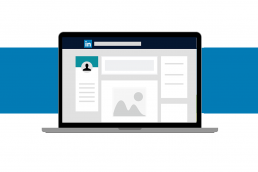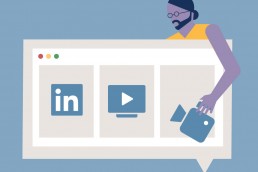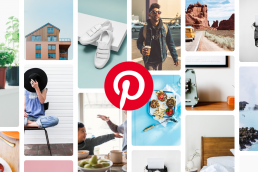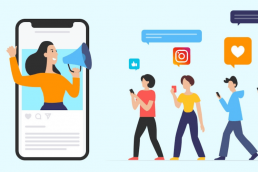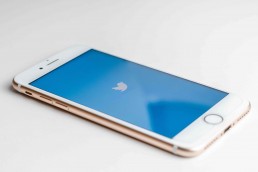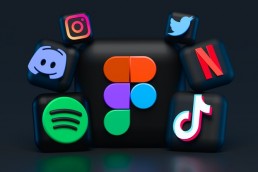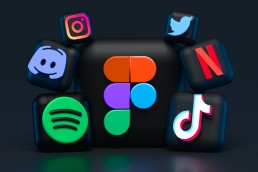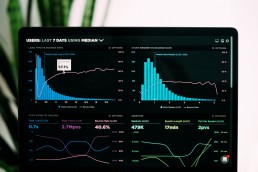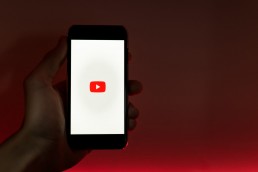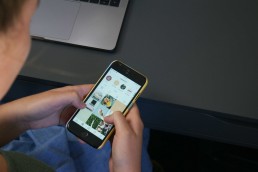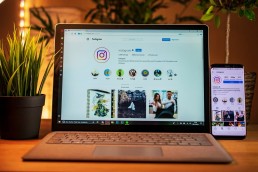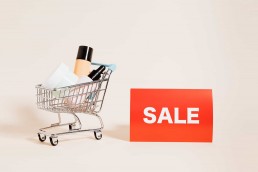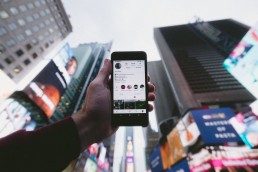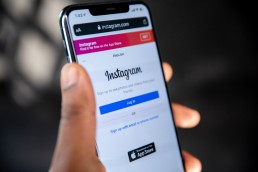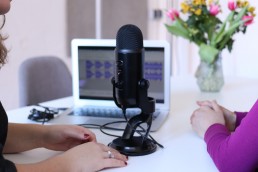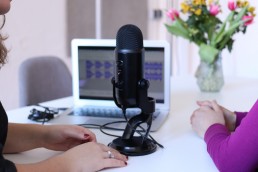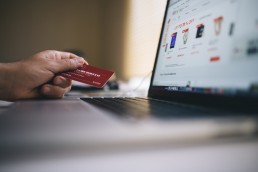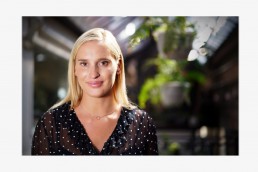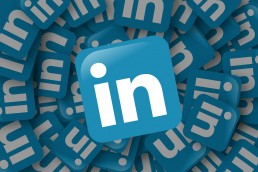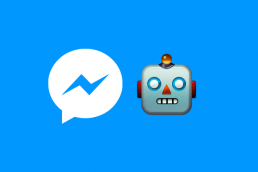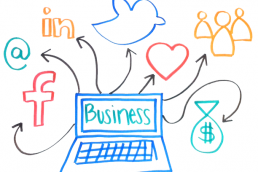Pinterest, without a doubt, plays an essential role in people’s buying habits when they’re online. For instance, 89% of Pinterest users in the U.S. are willing to search and purchase products on the platform. It seems that Pinterest has a strong effect on users’ buying decisions.
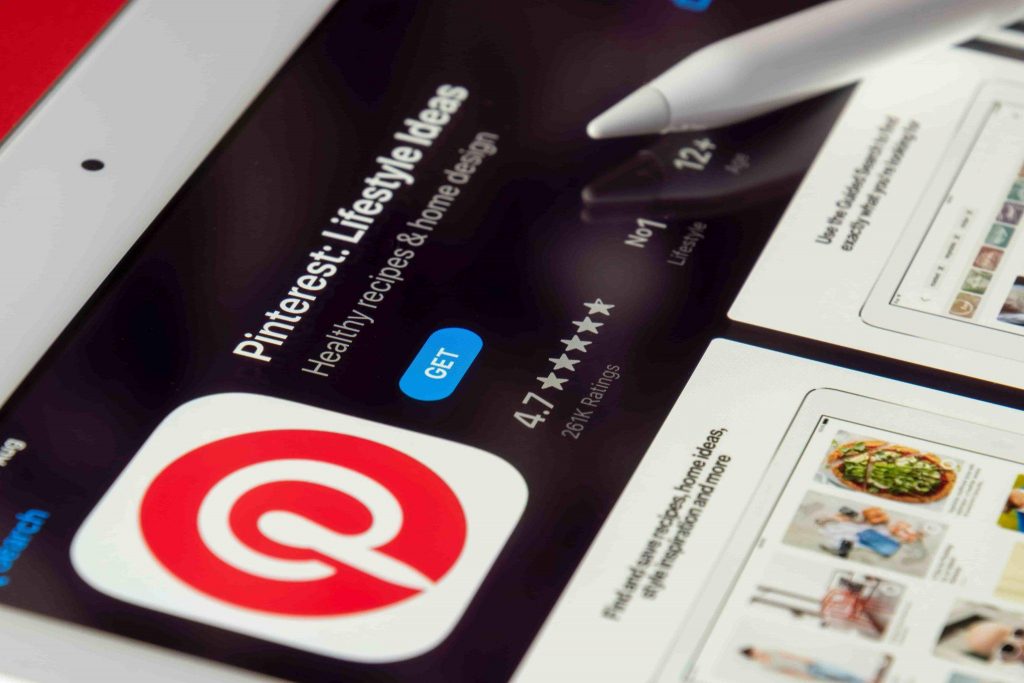
Statistically, 320 million users actively use Pinterest monthly. And most of them use it for shopping.
These facts are the focal point of why you should give a shot to Pinterest to sell your products.
What makes Pinterest so special?
According to the statistics, Pinterest is the platform that most users are determined to purchase or research specific products. It means almost half of users use the platform to buy what they search for.
At first sight of these facts, it may seem quite simple to sell on the platform, but it’s not actually. And you need serious configuration to start this journey successfully
You need branding before starting to sell
Customising your branding profile is the first step to starting an online business on Pinterest. So, let’s dive into it.

Find your target audience
Every marketing campaign should indeed start with finding a target audience. It also applies to this one. Understanding social media demographics is a must before launching a new campaign.
Creating a buyer persona helps you target potential customers on Pinterest. At the very basic level, this persona could include profession, age, gender, etc.
Create a business account
Most business owners misunderstand a business account on Pinterest.
Remember, a personal account is different from a business account. The latter gives you more features (such as ads, insight, etc.) to manage your business on the platform.
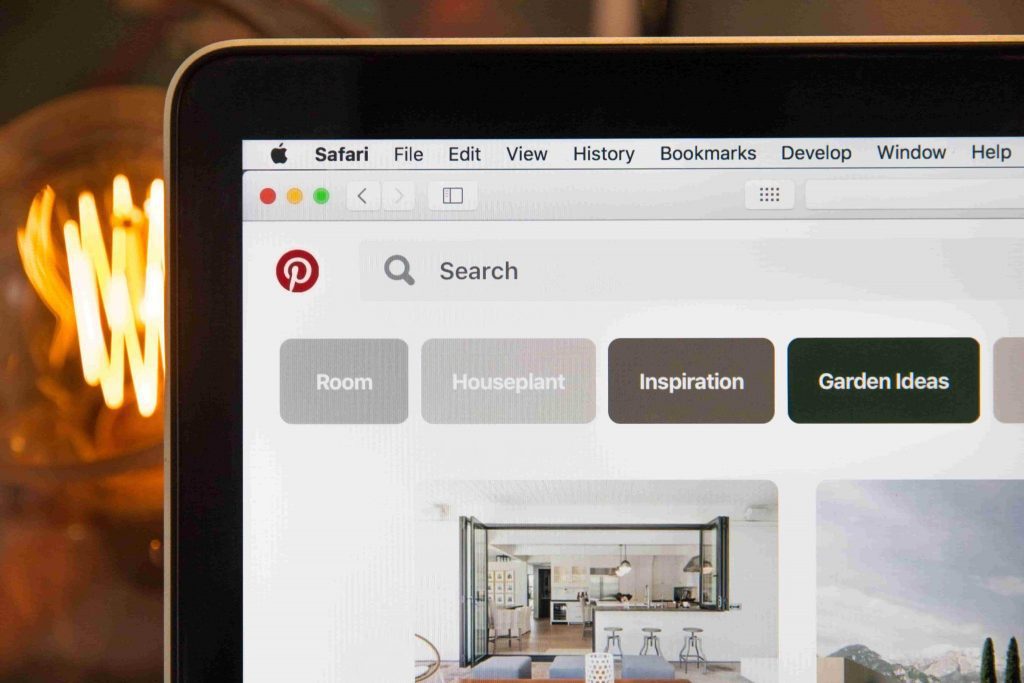
Formulate a pinch of branding
People tend to follow branded products and companies because the taste of branding gives them a more enjoyable and colourful experience.
For instance, to build a brand for your business, you can start with a few essentials:
- Choose high-quality visuals;
- Define your brand colours and use them consistently;
- Create an eye-pleasing logo;
- Build a professional website;
- Write a compelling bio and product descriptions;
- Make your official contact information publicly available, and so on.
Remember: having a website is a must as many tips we’ll cover below are impossible without a website.
Verify your account
After all these steps mentioned above, now it’s time to link and verify your business account on Pinterest.
It may seem a bit technical, but all you need to do is add a meta tag or upload an HTML file to your website to claim it.
For the last word, be sure that it’s your main website to generate more sales by creating a shop and linking products.
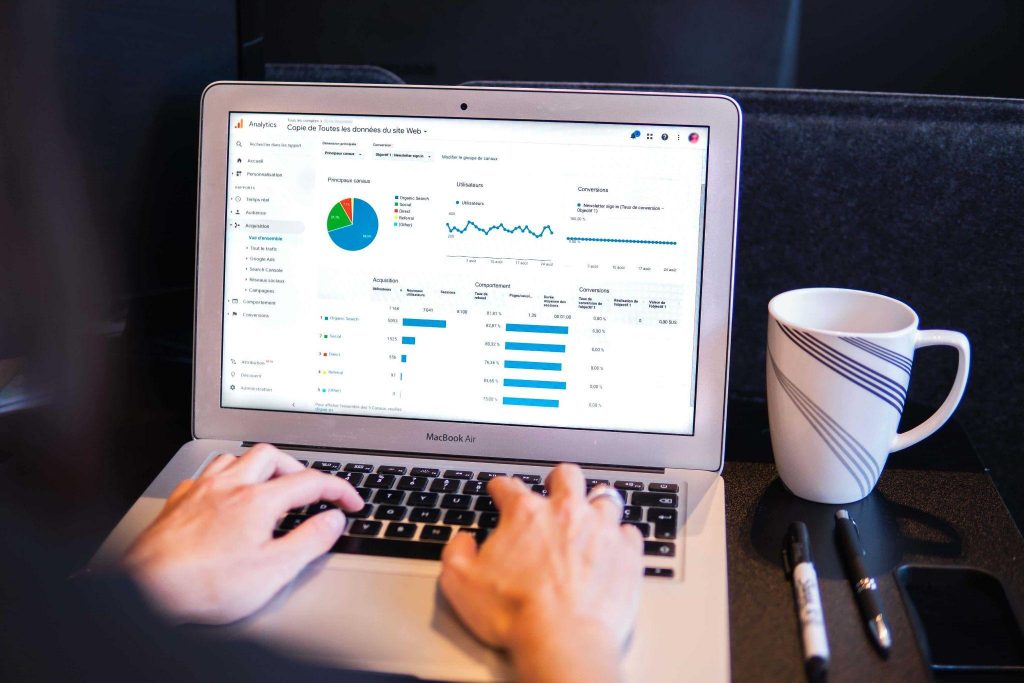
How to sell on Pinterest
It’s normal to rush to sell on social media. And yes, it’s free to have an account on it. However, you should know specific steps to follow to sell your product and boost your ROI.
So let’s dive into them.
Create quality content
The first thing you should know is that Pinterest is a visual platform. Let that sink in for a second. So it means the better your visual is, the more users it’ll attract.
In my own experience, I’ve developed a 5-rule framework that proved to be working for years. Find them below.
Your visuals should:
- be high-quality;
- be well-designed;
- have optimal size;
- be in the right colours;
- use attractive fonts.
Find rich pins
Brief dictionary lesson: Rich Pins are a kind of Pin that keep the information on Pinterest up-to-date based on information they get from your website.
Why should you use rich pins? Because it has the potential to gather more data and information via your website. It also gets data from pin information.
For example, if you have rich pins, users will see the price and description of the product on Pinterest. In addition, they can also see the information about the product availability on the stock.
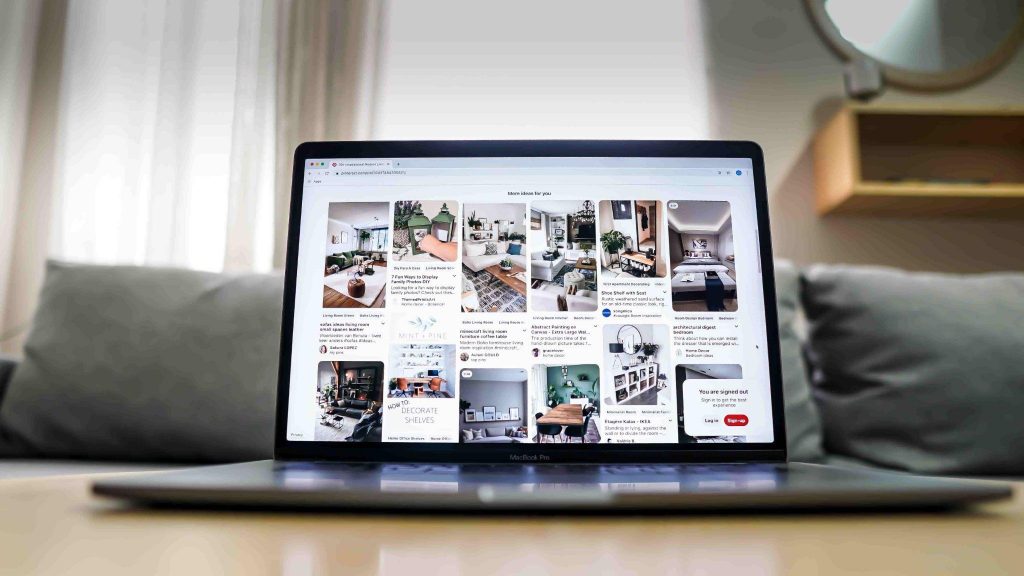
Utilise promoted pins
Promoted pins help your product to go up to the platform feed. It doesn’t matter whether it’s a blog post or product description.
One more thing. Formulating promoted pins gives you a chance to target users by their age, gender, and so on.
Brand your pins
Interestingly, more than 95% of Pinterest’s top searches aren’t branded products. So if you sell a product on Pinterest, it’s your chance to create a branded pin to differentiate yourself from others.
Pinterest suggests you put your logo next to the pin on the designed visual. So when users scroll down, they’ll catch the small logo. Whenever they search for a product, they’ll automatically look at the same position to see if it’s familiar or not.
Collect your pins into one catalogue
Yes, you read it right. Collect them into a catalogue.
The Pinterest business feature gives you a huge opportunity to create a pin catalogue. To do that, you need accurate data on all your products to upload them.
When Pinterest accepts your data, it means you’ll create pins automatically whenever you add a product to your website.
What a saving of time and resources. As I always say, automation rocks!

Schedule your campaigns
Do you know when Pinterest users are so active or when and what topic they’re talking about?
Knowing your audiences’ most active time helps you boost your sales because you create campaigns when your audience is online.
For example, Pinterest provides helpful seasonal insights. With this insight, you know the exact time users are active and the things they’re talking about.
So if you see your audience is more willing to purchase products in December, you should schedule the campaign for December.
Tag your products in Shop the Look Pins
Would you not want to collect several products into one Pin? Well, Pinterest allows you to gather some of your products in one Pin.
Here are examples of Pinterest's "Shoppable Pins", "Shop the Look" pins, and an actual ad on Pinterest. pic.twitter.com/YVt8GqLYZN
— Amrita Khalid (@askhalid) October 18, 2019
For instance, you post a picture and pin all of the products you sell on this picture. Then, if a user wants to purchase the jacket on the model’s body, the white dot on the photo shows them the price and the link to the website.
Share user-generated content
You can use UGC (user-generated content) as leverage to sell more. For example, Pinterest users share their favourite brand products with their friends, relatives, and colleagues on social media.
Pinterest already stimulates these kinds of engagements. All you have to do is find creative ways to urge people to share your Pins with their friends.

Create mobile-first content
The last tip is about using mobile-first content. Because more than 85% of Pinners use mobile apps. So there is no meaning in preferring only desktop content.
Considering most people use their phones outside, generating mobile-first content is reasonable.
Generally, as you see, it’s not that hard to sell on Pinterest as long as you know the basic and essential steps. So now you’re ready to go and try what you learned on the field.
Kamran Shukurlu
Kamran is a T-shaped eCommerce Digital Marketer and Content Strategist with 9+ years of experience in 30+ industries. A few of the companies that benefited from his services: Leo Burnett, Translated, Airbnb, Samsung, Huawei, etc.
Related Posts
March 24, 2025
Leveraging X’s Subscription Feature for Monetisation
March 13, 2025
Maximising Engagement with Instagram’s New DM Features
February 22, 2025
LinkedIn Polls: How to Use Audience Insights to Boost Engagement
February 12, 2025
Pinterest for Influencers: How to Monetise Your Audience
December 24, 2024
TikTok Duets and Stitch: Innovative Ways to Collaborate and Engage
December 13, 2024
Unlock viral pins with Click-Worthy Pinterest graphics
December 2, 2024
6 Ways to Perform Social Media Competitor Analysis
November 23, 2024
TikTok Advertising Best Practices
October 25, 2024
How to Use Instagram Broadcast Channels for Brand Engagement
October 11, 2024
Using Augmented Reality Filters in Social Media Campaigns
October 4, 2024
Why Instagram Is Good for Marketing: Engaging Your Audience
September 17, 2024
The Impact of Smooth Transactions on Your Brand Reputation
September 11, 2024
Building Brand Loyalty Through Private Social Media Groups
September 2, 2024
Creating Shareable Personalised Content
August 28, 2024
The Secret TikTok Viral Recipe in 2024
August 17, 2024
Harnessing the Power of User-Generated Content in 2024
August 8, 2024
Creating an Effective Social Media Content Strategy
July 18, 2024
Social SEO: Optimising Your Content for Discovery
July 8, 2024
The Comeback of Long-Form Content
June 5, 2024
How to Import Sounds From TikTok to Instagram?
May 21, 2024
9 TikTok Challenges List And TikTok Trends
February 24, 2024
Pinterest Account Suspended Appeal – How To Do It Right?
February 3, 2024
How to Make Money With Instagram Theme Pages In 2024
January 11, 2024
Resort And Hotel Digital Marketing Campaign Strategy And Ideas
December 26, 2023
New Year and Christmas Interactive Posts and Ideas For Social Media
December 8, 2023
B2B Community Management: Unpopular Opinion To Level Up
November 23, 2023
Feel Good Friday Social Media Posts And Wishes
October 6, 2023
How to Stream Games on TikTok With TikTok Stream Key
September 15, 2023
Creating an Effective Content Calendar
September 15, 2023
10 Tips to Optimize Facebook Page for SEO and Reach More People
September 4, 2023
How to Go Live on TikTok Without 1000 Followers In 2023
August 14, 2023
How Much Does IG Models Make And How To Become One
June 26, 2023
How To Get Verified On LinkedIn In 2023?
March 25, 2023
How to Create a Facebook Group Funnel to Drive Leads
March 19, 2023
How to Mass Archive Instagram Posts in 2023 + Unarchive
March 13, 2023
8 Social Media Community Building Strategies For 2023
February 18, 2023
How To Make Money On Instagram With 500 Followers
February 18, 2023
How to Go Live on LinkedIn – Best Practices and Guides
February 8, 2023
Instagram Guides Examples and Ways to Use Them
February 8, 2023
How to Schedule Instagram Posts Without Third-party App
January 22, 2023
Growth Hacking for Instagram to Get More Followers in 2023
January 20, 2023
How To Upload GIFs on Twitter in 2023
January 3, 2023
What To Do When you go Viral on Instagram
December 23, 2022
How to Spy on Competitors’ Facebook Ads For Free (6 Tools)
December 22, 2022
How to Get More Views on LinkedIn – 10 Tips to Reach More People
December 19, 2022
What To Do Before and After Posting On Instagram
December 14, 2022
How Instagram Search Works: A Comprehensive Guide In 2022
November 15, 2022
Twitter Spaces Analytics: Ultimate Guide to Your Space Insights
November 13, 2022
20 Viral Instagram Reels Hooks To Keep People Watching
October 29, 2022
How To Speed Up Existing Video For Instagram Reels – FOR FREE
October 16, 2022
How to Use Twitter Advanced Search Tool on Mobile
October 16, 2022
7 Instagram Mistakes to Avoid & Here’s Why
October 9, 2022
10 Proven Instagram Story Ideas to Engage Your Audience
September 23, 2022
Social Media Shopping in 2022: What it Promises for Small Businesses
September 20, 2022
Tips to Create a Successful Hashtag Campaign
September 8, 2022
The Top 9 Instagram Tools That Can Boost Your SME’s Visibility
August 28, 2022
How to Regram: The Art of Reposting on Instagram
August 11, 2022
A Checklist to Launch a Rebrand on Social Media
August 7, 2022
The Whys and Hows of Facebook Video Ads
August 7, 2022
How To Write Good Instagram Captions
July 27, 2022
How to Plan Your Social Media Campaigns
May 4, 2022
10 Social Media Myths To Unlearn in 2022
April 11, 2022
Twitter Analytics Tools to Level Up Your Game
March 14, 2022
Monthly Social Media Updates And News – February 2022
February 23, 2022
Social Media in the times of COVID-19: Adapting to a New Normal
February 14, 2022
Monthly Social Media Updates And News – January 2022
February 2, 2022
Optimise Google My Business: An In-depth Guide to Get it Right
January 12, 2022
Monthly Social Media Updates And News – December 2021
December 10, 2021
Risks And Dangers of Buying Instagram Followers
December 8, 2021
Monthly Social Media Updates And News – November 2021
November 2, 2021
Monthly Social Media Updates And News – October 2021
October 14, 2021
Monthly Social Media Updates And News – September 2021
October 1, 2021
Brief 18 Twitter Hacks You’ll Wish You Knew Earlier
September 23, 2021
Instagram Pre-Launch Strategy 2022: A Proper Guide for Your Product
September 14, 2021
Monthly Social Media Updates And News – August 2021
September 8, 2021
15 Social Media Post Types to Keep Your Content Engaging
September 8, 2021
How to Sell on Facebook Shops and Facebook Marketplace in 2023
August 16, 2021
Driving Traffic From Twitter Straight to Your Blog in 2022
August 13, 2021
The ABCs of Using LinkedIn Videos Like a Pro in 2022
August 11, 2021
Monthly Social Media Updates And News – July 2021
July 29, 2021
Spiral Up Your Engagements With Instagram Carousels
July 17, 2021
Monthly Social Media Updates And News – May 2021
July 5, 2021
How to Mass Delete Instagram Posts in 2022?
April 29, 2021
Monthly Social Media Updates And News: March 2021
April 17, 2021
Latest Social Media Updates And News – 2022
April 17, 2021
Monthly Social Media Updates And News: February 2021
March 31, 2021
How to Choose the Best Competitor Analysis Framework
March 1, 2021
Monthly Social Media Updates And News: January 2021
February 21, 2021
How To Get Unlimited Free Leads For Any Business In UK
February 20, 2021
How to Find Brands That Collaborate With Small Influencers
February 4, 2021
Web Content Development 101 For Small Businesses
January 28, 2021
Monthly Social Media Updates and News: December 2020
January 13, 2021
How To Add A Link To Instagram Story Without 10K Followers
December 14, 2020
6 Testimonial Examples And How To Ask For Them
December 11, 2020
IG Line Break Generator: No Need For it Anymore? (2022)
December 2, 2020
Monthly Social Media News And Updates: November 2020
April 22, 2020
Social media marketing for recruitment agencies
December 23, 2019
How to market your podcast on social media
October 31, 2019
Account-based mindset vs. lead-based marketing
October 22, 2019
The benefits of starting your own podcast
October 14, 2019
What’s the LinkedIn Social Selling Index? (and why you need it)
October 8, 2019
7 ideas to network effectively – and locally
September 26, 2019
5 tips from an influencer to unlock your potential
September 16, 2019
How to create an effective Facebook ad: 7 easy tips
September 7, 2019
3 inspiring marketing campaigns with awesome results
September 1, 2019
Everything you need to know about lead generation
August 28, 2019
Can my brand benefit from a social media calendar?
August 13, 2019
3 basics of KPIs: what to measure and why?
August 9, 2019
5 Story Highlight ideas to totally revamp your Instagram
July 31, 2019
The good, the bad, and the funnel
July 24, 2019
The basics of content marketing – why you need it
July 18, 2019
Primark – how the brand uses social media
July 10, 2019
The evolution of Twitter for social media marketing
July 7, 2019
Discover 3 benefits of WhatsApp Business!
June 28, 2019
How Lululemon uses social media: 5 ideas
June 24, 2019
New Instagram @shop and how it works
June 17, 2019
5 foolproof tools to create a buyer persona
May 29, 2019
3 burning social media trends to watch out for
May 23, 2019
7 ingredients every entrepreneur needs to have
May 13, 2019
5 Social Media Tools: Marketing Made Easy!
April 15, 2019
Wanna kickstart your landing page? 3 reliable tools!
March 26, 2019
3 video marketing tricks to boost engagement
February 26, 2019
A five-star femmepreneur – meet Gretta van Riel!
February 15, 2019
Why Twitter is essential – revamp your marketing strategy today!
February 7, 2019
SEO for Newbies: The Basics
January 22, 2019
4 amazing inbound marketing tools to try now!
January 16, 2019
Everything about ecommerce, decoded!
January 11, 2019
Influencer marketing: why is it crucial?
January 7, 2019
How social media is changing your brain
January 2, 2019
Choosing a signature colour for your brand
December 28, 2018
Advanced Instagram for startups: an effective step-by-step guide
December 1, 2018
Instagram from Scratch!
November 22, 2018
Elevate your Brand with these 4 New Linkedin Tools
January 15, 2018
5 Ways Social Media Can Help Your Small Business In 2018
September 25, 2017
7 indispensable social media tools for small businesses
September 1, 2017
September 2017: Social Media Roundup
February 2, 2017
Our new promotional video
January 17, 2017
Why your business needs to be active on social media
November 3, 2016
The Top 10 Small Fashion Brands on Instagram
September 29, 2016
Hоw Tо Grоw Yоur Smаll Business Uѕing Social Media
September 26, 2016
How can I use social media for customer service?
September 20, 2016

